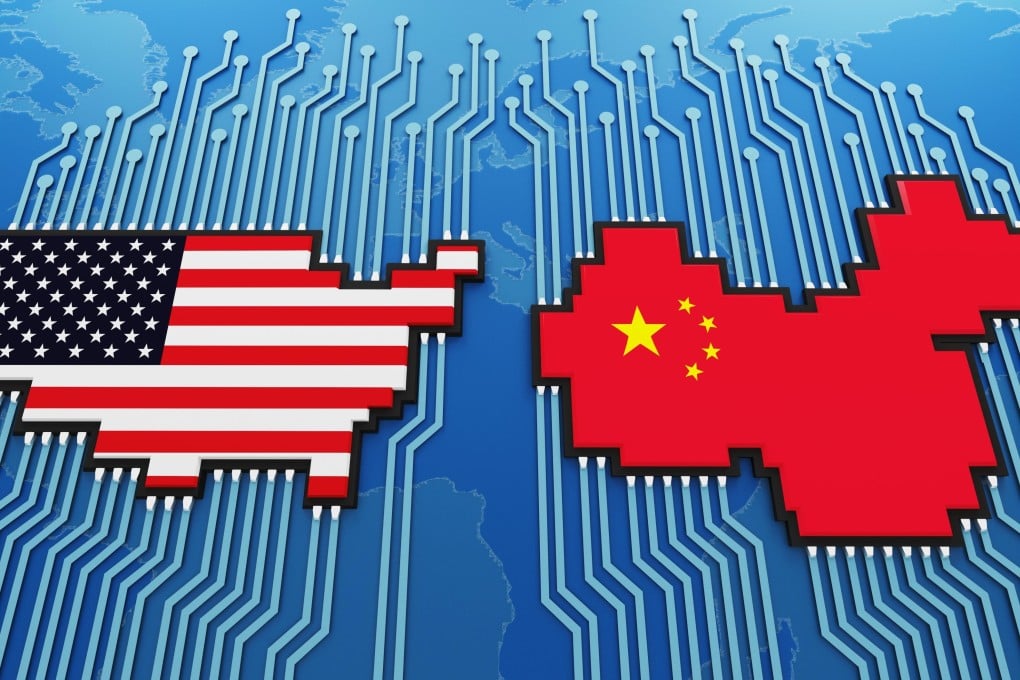Advertisement
How China and the United States have parted ways in AI power race
China’s hi-tech corridor is designed to send computer signals across the country, while America has gone in a different direction
Reading Time:3 minutes
Why you can trust SCMP
61

Stephen Chenin Beijing
As China embraces the coming AI era, a programme to set up a computing power corridor across the country will cover 99 per cent of the nation’s population, according to a key architect of the project.
It is the complete opposite of the United States’ approach.
In the US, most AI computing facilities are being built in northern Virginia, an area which already boasts 70 per cent of the world’s data centres.
Meanwhile China’s corridor, launched earlier this month, has facilities distributed across a wide region, from economically developed coastal areas to the western Gobi Desert, the northern borders to Siberia, and even taking in Tibet.
By 2030, these centres will be linked by high-speed optical fibres, forming a unified network. Even in a smaller city of around 500,000 people, a start-up will be able to leverage a nearby massive computing cluster to process AI tasks with a latency of under three milliseconds – faster than the refresh rate of a smartphone screen.
This approach is obviously more expensive and less convenient than building a centralised hub.
Advertisement